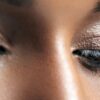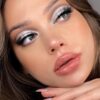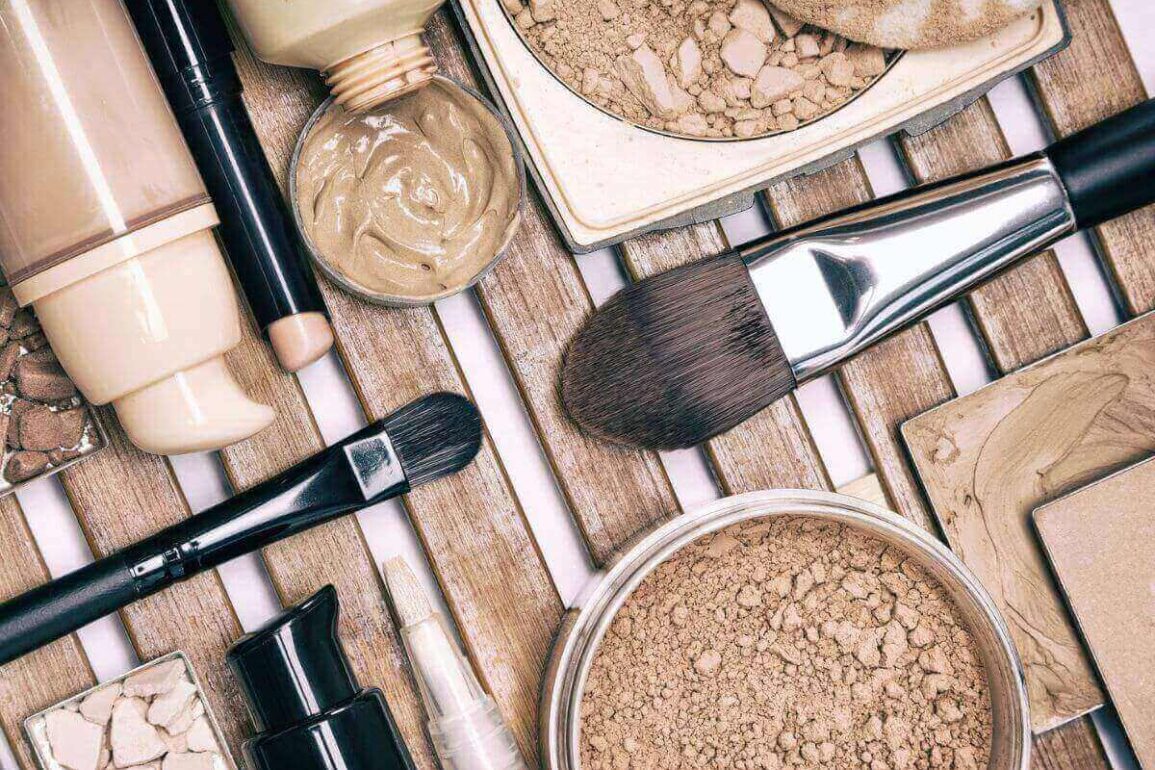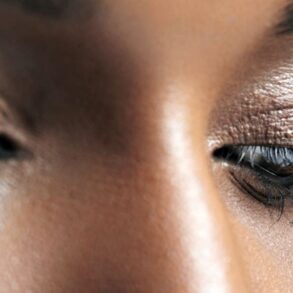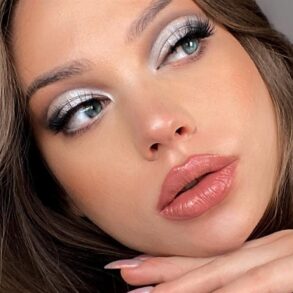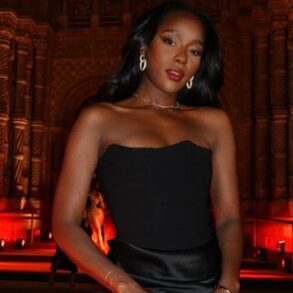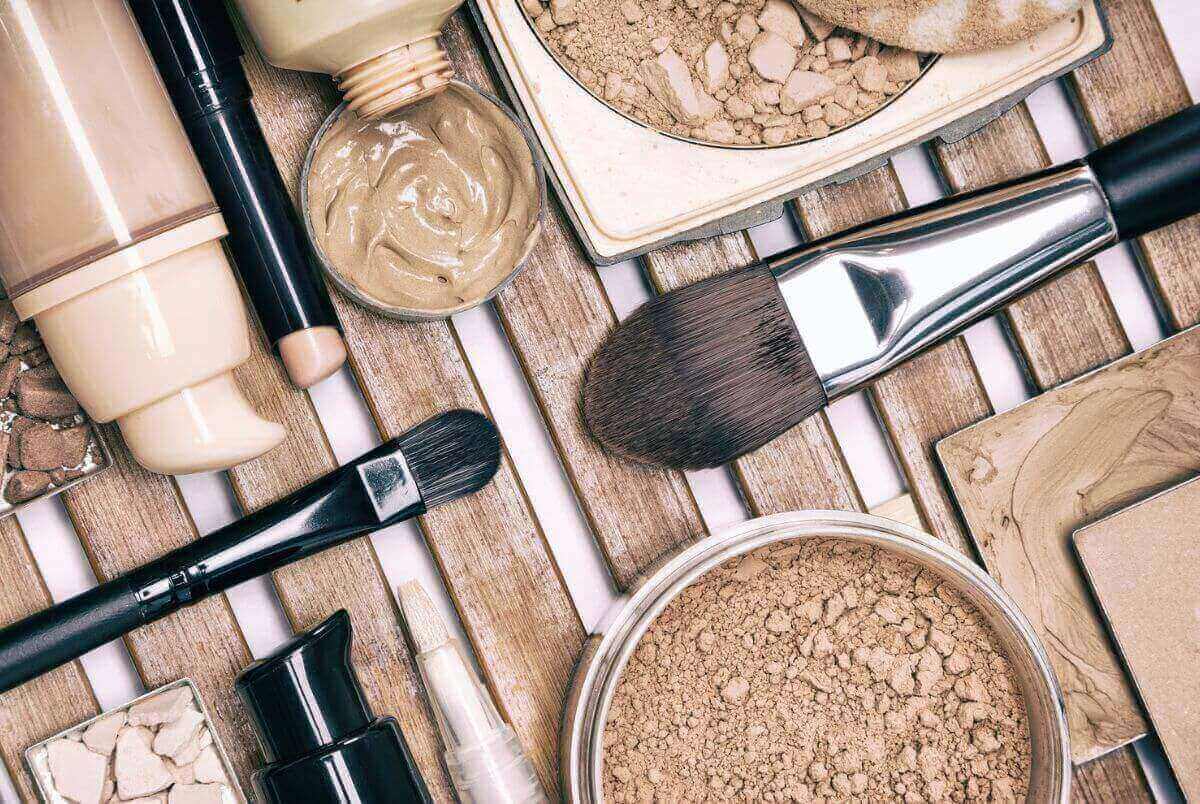
What are makeup foundations?
Cosmetic foundations are all-important makeup bases for the face. They are designed to give skin on the face and neck uniform color. They primarily enhance the complexion and cover flaws and imperfections. Many contain moisturizing ingredients that are beneficial for the skin, as well as protective sunscreens. Some may contain anti-pimple formulas or help to control excess oil on the skin. Women with mature skin should learn which products are tailored to their unique skincare needs. There are makeup lines created exclusively for women 50 and up.
Are cosmetics like foundations FDA regulated?
As noted in our sister article entitled Testing Makeup Foundations cosmetics are not drugs. Unlike the latter, they are not tested or regulated by the FDA, except for color additives. The law does not require FDA approval of cosmetic products before they hit the market. This means it’s up to companies to share information on their own products, as well as conduct tests to demonstrate effectiveness. However, if a brand is adulterated or misbranded, the FDA will step in.
Foundations are available in a variety of forms:
- These highly popular foundations consist of liquid base. Some are dewier and others are more matte. The thicker they are, the more coverage they offer. However, most people with mature skin prefer less dense formulas that glide on smoothly. They are mainly easy to apply, and coverage is buildable, which is why liquid foundations are embraced by all ages, including those with mature skin.
- Cream foundations can be oil or wax based. They are thicker than liquid foundations and provide full coverage. When the formula is right, they go on smoothly. A main advantage of creams is that they are generally long-lasting. They may also be made into a stick form for easy application.
- These are like creams, but they are whipped. Generally, they are less dense than creams. A good mousse foundation should offer smooth application. Some people prefer the texture as it offers a weightless feel. Because it wears well, people who use mousse foundations can often skip the need for setting sprays.
- They are typically available in two forms: pressed or loose. Traditional heavy powder foundations can be tricky to use on drier mature skin. However, both light formulas and newer formulations of powders have led to improvements to make them less dry and cakey. Powders are often beloved for their oil-controlling abilities. Mineral powders are usually quite good for all ages.
- This technique uses compressed air to spray a fine mist of cosmetics onto the skin. This application is well-liked because it provides a natural smooth finish that hides blemishes and imperfections. Due to its long-wearing nature, many brides request that makeup artists use this technique on them on their wedding day. It provides a long-lasting flawless finish without the need for frequent touch-ups.
Makeup tips:
- Wash and moisturize skin regularly and apply primer (a product providing a layer between the skin and makeup to prevent clogged pores and acne) before applying foundation. Hydrating primers should be used on mature skin, whereas mattifying primers are best for oily skin. Silicone based primers are popularly liked for their skin-smoothing abilities. Concealers (products used to mask imperfections) should be used before powder foundations. However, when using liquid foundations, concealers can go on after.
- As we age, unfortunately so does skin. This means that fine lines and wrinkles, age spots, and crepiness can leave skin dull, uneven, and dry. Unfortunately, heavy makeup tends to settle in the cracks. This can accentuate one’s age. Therefore, people with mature skin should opt for lightweight and dewy foundations that contain moisturizing ingredients. This allows products to glide on smoothly and blend in naturally. Products with SPF are helpful to protect skin from the sun’s harmful rays.
- Mature women with extreme dry skin should skip harsh (non-moisturizing) powder foundations. Not only can they cake into skin wrinkles, but they can turn skin ashy or dusty. However, people with oily skin can likely benefit from powder foundations. Additionally, setting powders applied to keep makeup in place can also create a dry effect. In general, people with mature skin should opt for setting spray mists rather than using setting powders.
- Choosing makeup can be a complicated matter. Readers Variety has shared a makeup foundation tip for women over 50. They suggest, when in doubt, going with shades that offer a hint of gold or warmth. They explain, “It’s not a universal tip, but many women look best with a warmer shade as they mature.” It tends to add a soft and healthy glow to drab skin.
- Whether you’re using a brush or sponge to apply your makeup foundation, never rub harshly – always gently dab and blend. Brushes can provide full coverage whereas sponges tend to lend to a slightly softer finish. Always clean or replace brushes and sponges frequently for cleanliness and safety. Freshly washed fingers are frequently used by people as application tools for quick makeup jobs. If so, do make sure that your hands are extremely clean.
Let’s continue:
We hope you enjoyed learning about foundation makeup types and tips and that you find the information beneficial. Having mature skin doesn’t mean you can’t wear makeup; it just means that you must be selective in using products. Whenever possible, seek out those which are made for mature skin as they tend to be the most moisturizing and easiest to apply. For more flawless foundation tips, click here to visit Clinique, an American manufacturer of skincare, cosmetics, toiletries, and fragrances.
This article is purely informational and is not a medical article.
This post was originally published on this site be sure to check out more of their content.

